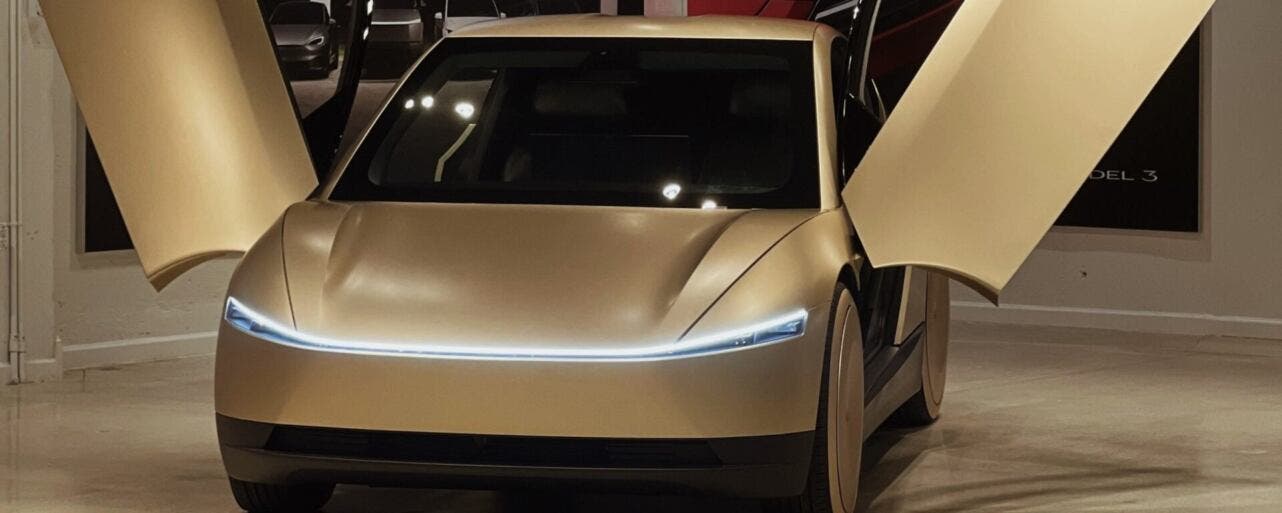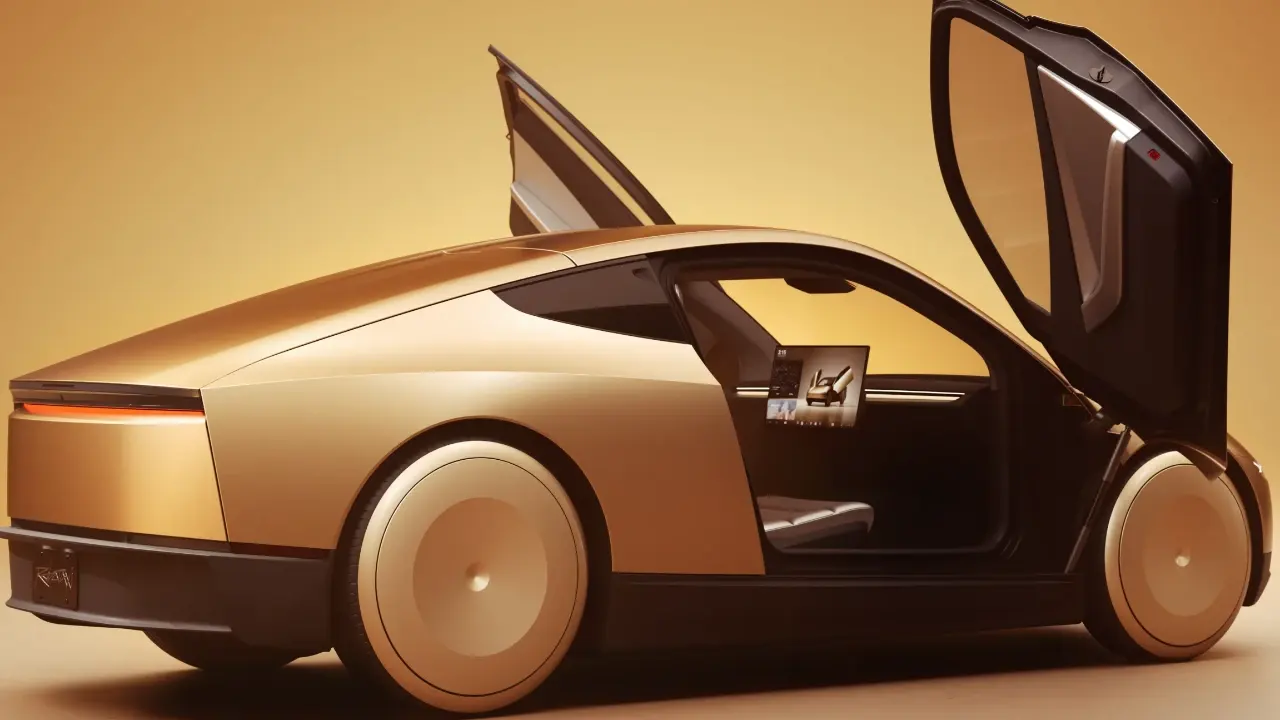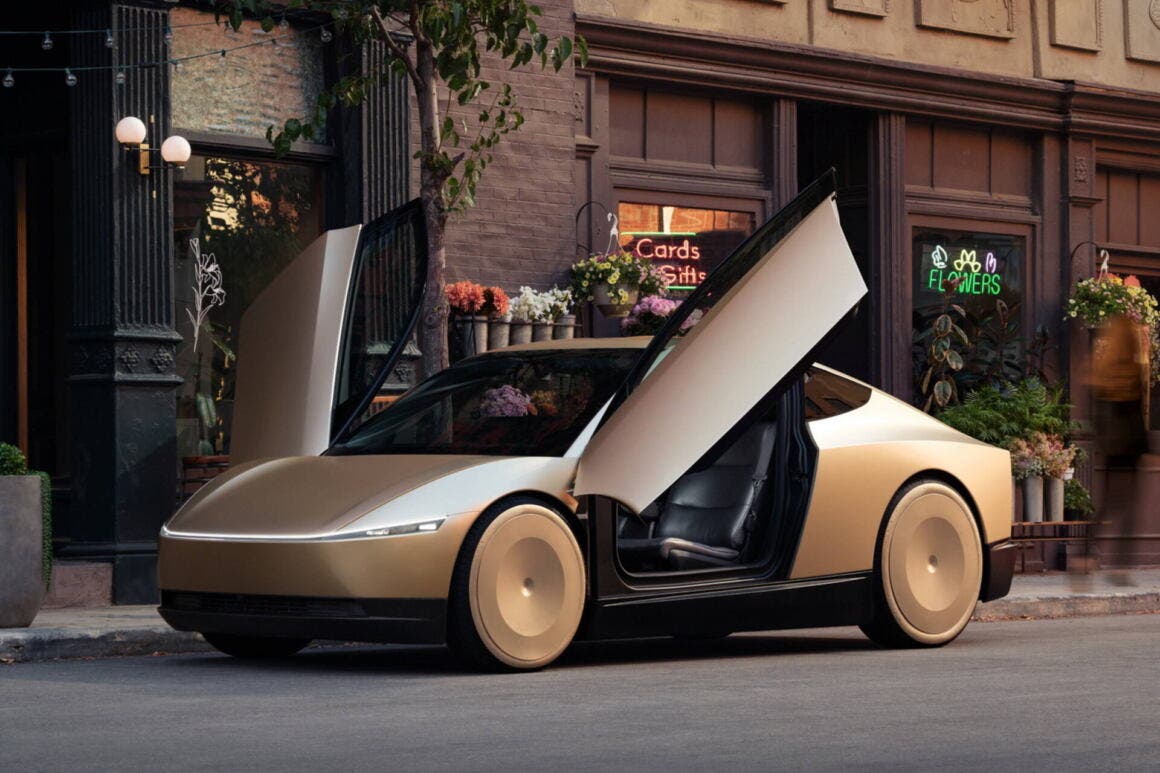After the spectacular (and often postponed) announcements of the Cybertruck and Roadster, Tesla’s founder is back in the spotlight with the Cybercab, his first vehicle designed for fully autonomous driving. This time, however, he assures that the wait, unlike the first two models mentioned, will be short: the model should arrive within eight months.
Elon Musk says steering wheel-free Tesla Cybercab will be produced by mid-2026

The entrepreneur, among other things, was also very specific, indicating that the model will enter production within the next 251 days, therefore by mid-2026. Words that have sparked the curiosity of investors but also the doubts of those who know Tesla’s (often optimistic) timelines well.
The Cybercab represents an enormous bet for the company, not so much from an industrial standpoint, but from a technological and regulatory one. Unlike models equipped with the Full Self-Driving system, where the driver remains responsible, the new electric vehicle will be without steering wheel and pedals. In theory, the passenger won’t have to do anything, as the car will think of everything. In practice, however, Tesla’s software is not yet ready for a leap of this magnitude, and safety authorities in several countries still consider it experimental.

In the United States, where regulation is more permissive, the Cybercab might perhaps see the light. But in Europe and China, where autonomous driving is stuck at level 3 and subject to severe restrictions, a car without manual controls wouldn’t even be certifiable.
But, even if it were possible, the question arises spontaneously: is the public ready for this technology? Musk continues to bet on the future, but his vision risks once again preceding reality. In a market that demands concrete and accessible models, a taxi without a steering wheel could prove to be more an experiment than a true revolution.

